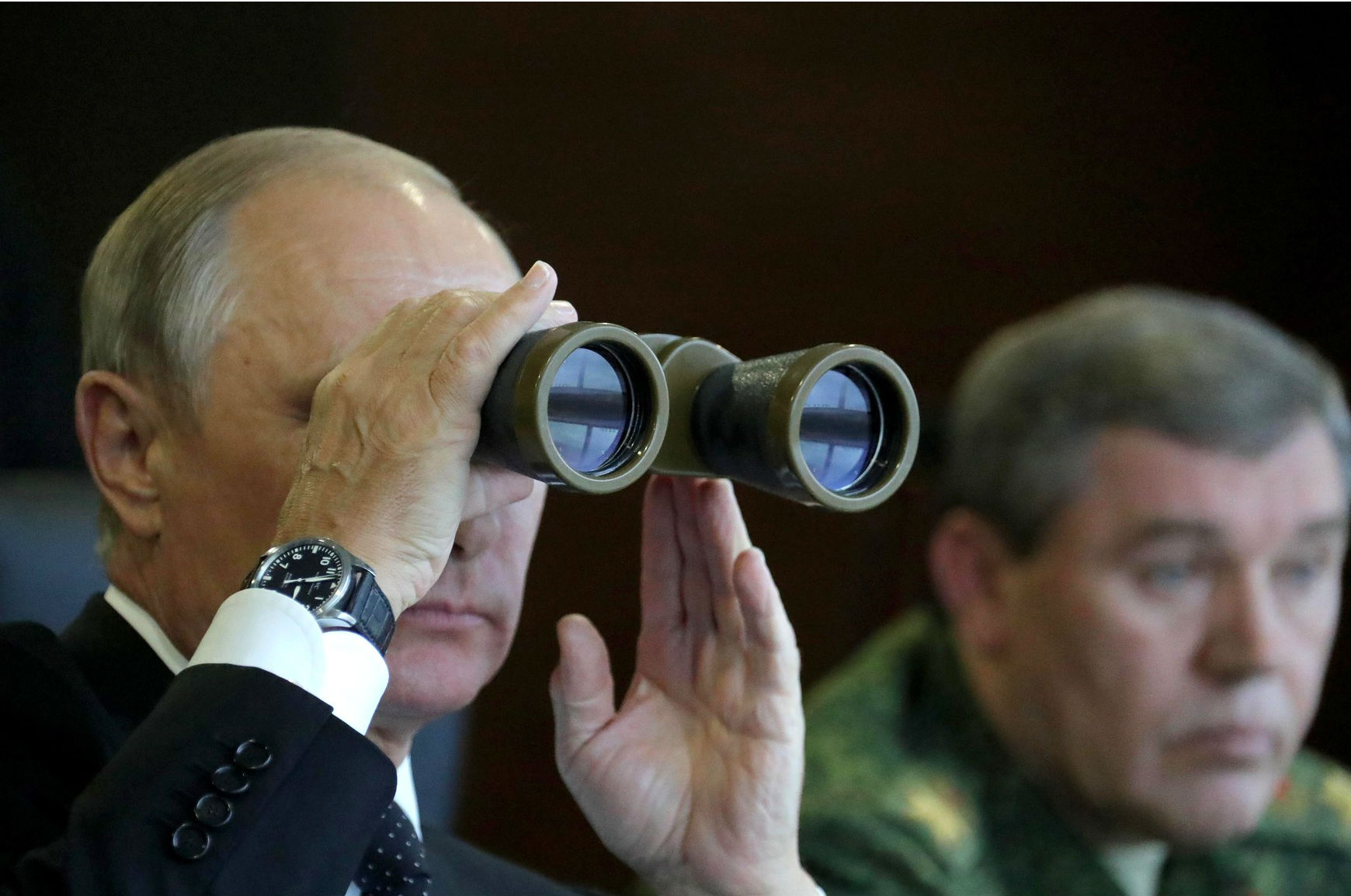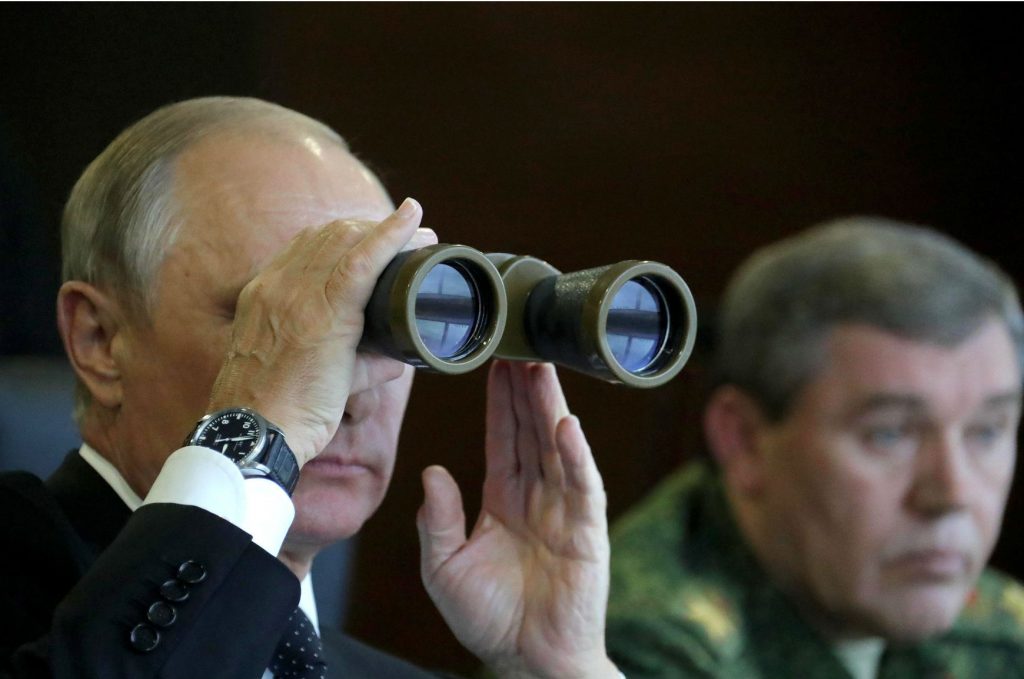 Russia is at war with Ukraine. This is a hybrid war with many arms. One of them is energy. The Kremlin has weaponized the energy trade between Russia and Ukraine to impose a client-state status on Ukraine. Given its weak negotiating position, Ukraine had to accept Gazprom’s unjustified prices. Facing the threat of supply interruptions, usually in the middle of winter, notably in January 2006 and January 2009, Ukraine was forced to make costly political concessions to the Kremlin.
Russia is at war with Ukraine. This is a hybrid war with many arms. One of them is energy. The Kremlin has weaponized the energy trade between Russia and Ukraine to impose a client-state status on Ukraine. Given its weak negotiating position, Ukraine had to accept Gazprom’s unjustified prices. Facing the threat of supply interruptions, usually in the middle of winter, notably in January 2006 and January 2009, Ukraine was forced to make costly political concessions to the Kremlin.
The Russian trick was a combination of old Soviet supply monopoly and corruption. Ukraine’s energy system was built as part of the Soviet Union. The Kremlin nurtured a few big Ukrainian gas traders, who in turn bought political power to the benefit of the Kremlin. The gas traders changed over the years, but the Kremlin and its interests remained the same.
After the Revolution of Dignity, the situation has changed fundamentally. The simple answer is that Ukraine needed to build an open market, but for natural gas and electricity that is not so easy. No market can develop without alternative supply routes. Then alternative supplies are needed. Prices need to be adjusted to the market, and demand will adjust to prices. The promise of true independence and free-market advantages lies with Europe.
The European Union is thinking along the same lines as the current Ukrainian government. In January 2009, the EU was so shocked by sixteen European countries being cut off by Gazprom for two weeks that the EU adopted its Third Energy Package, which demands fair competition between firms on an open market. In order to achieve it, energy companies are being forced to unbundle their production and distribution, leading to greater transparency and greater consumer choice. In 2015, the EU went even further by declaring the creation of its Energy Union as its stated objective, which should make energy more secure, affordable, and sustainable for every EU member. Its success hinges on cross-border connectivity. Ukraine is a member of the European Energy Community so this applies also to Ukraine.
The first step to an energy market is alternative supply routes, or greater connectivity. In 2014, Ukraine began to receive natural gas from Western Europe, mainly from Slovakia but also from Poland and Hungary. Thanks to alternative supply routes, Ukraine’s Naftogaz could challenge the abusive monopolistic power of Russia’s Gazprom. Traditionally, Ukraine’s demand for Russian gas exceeded that of EU’s biggest economy, Germany. In spite of its proximity to the production fields and lower transmission costs, Ukraine was paying a 25 percent premium on the same gas that Germany was buying because it was a prisoner of Gazprom’s monopoly power.
The interconnection with neighboring markets eliminated Russia’s monopolistic grip. Suddenly, Gazprom had to accept a steep discount, because gas was much cheaper on the western side of Ukraine’s border and, predictably market forces drove down the Gazprom price. Naftogaz estimates that it has saved $4.4 billion on imports between 2014 and 2016 because of this improved interconnectivity. Now Ukraine receives gas from fifteen suppliers, none of which contributes more than one-quarter of Ukraine’s imports. Since November 2015, Naftogaz has not purchased gas from Gazprom and thus removed that political pressure, while improving its profitability.
Despite continuous efforts by Gazprom to discredit Ukraine and portray it as an unreliable partner in energy transit, gas supplies to Europe through Ukraine have been interrupted only twice—and both times by Russia. In 2016, 46 percent of Russian gas deliveries to Europe went through Ukraine. This year the transit is at a five-year record high, a quarter above the same period of 2016. While Ukraine’s security and sovereignty are threatened by its northern neighbor, the country continues to deliver on its obligations to its European neighbors and act with the utmost responsibility with regard to pipeline stewardship. Just a few days ago, Naftogaz announced that it would make its gas transmission system available to offset capacity reduction due to the maintenance of Nord Stream.
Ukraine faces similar problems with its electricity system, which was inherited from the Soviet Union. It needs to synchronize its power system with the pan-European electricity generation and transmission system, separating it from Russia. Such a synchronization is possible, but it requires various technical and organizational measures. Making the electric grid between the EU and Ukraine compatible also will enable an increase in electricity exports to Europe due to the more efficient use of available capacities.
The EU and Ukraine can and should to grow closer together. Further integrating Europe’s electric grid and energy transit infrastructure will reinforce network resilience and regional energy-security, which will be a win-win for all.
Olga Bielkova is a member of Ukraine’s parliament and its energy committee. Anders Åslund is a senior fellow at the Atlantic Council and author of the book “Ukraine: What Went Wrong and How to Fix It.”
Image: Russian President Vladimir Putin uses a pair of binoculars while watching the Zapad-2017 war games, held by Russian and Belarussian servicemen, with Chief of the General Staff of Russian Armed Forces Valery Gerasimov seen nearby, at a military training ground in the Leningrad region, Russia September 18, 2017. Credit: Kremlin.ru
